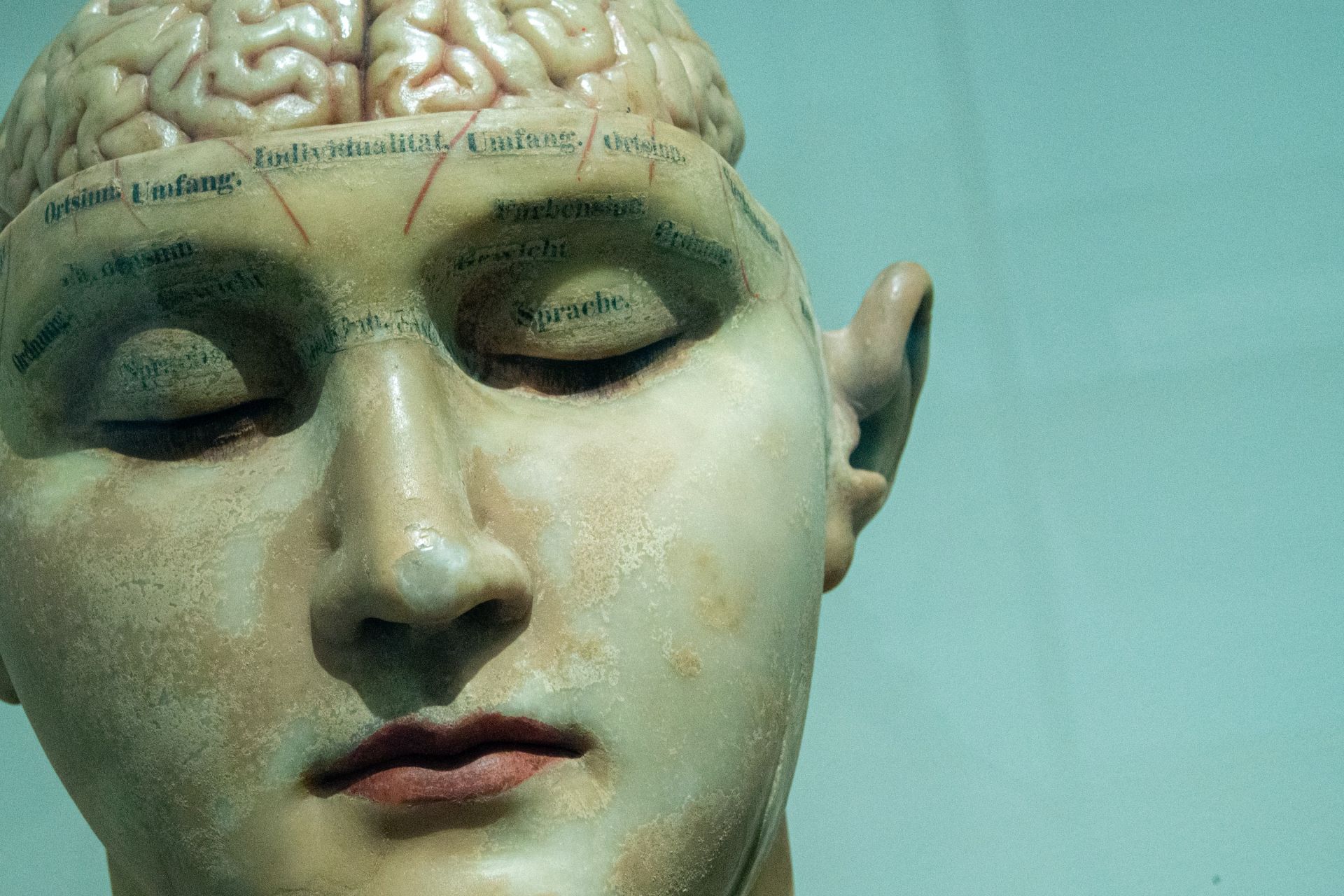Media Releases
Brain structure differences unlikely to be a major source of sex differences in behaviour

New research suggests brain structure differences in men and women aren’t strongly linked to behavioural differences.
James Cook University psychology lecturer Dr Liza van Eijk was the lead author of the study, in collaboration with A/prof Brendan Zietsch and A/prof Margie Wright at the University of Queensland, among others.
She said men and women differ both in brain structure and in their behaviour, raising the possibility of a link between sex differences in the brain and behaviour.
“Men’s brains are on average 10-15 per cent larger than women’s brains, and there are also several differences in the regions of male and female brains, in both size and shape,” said Dr van Eijk.
But she said women and men are also subject to different societal and cultural norms.
“So in order to isolate the role of the brain, we examined individual differences in brain structure along the male-female dimension separately for each sex. Then we measured behavioural differences, such as those on personality traits and cognition, along the male-female dimension as well,” said Dr van Eijk.
She said individuals vary in genetic predispositions as well as exposure and sensitivity to sex hormones: some men will develop a more female-like brain, while other men develop an exaggeratedly male-like brain, and likewise for women.
“Our key finding is that there is a small association between sex differences in brain and behaviour, but that association disappears when we take into account differences in brain size,” said Dr van Eijk.
She said while brain size is important in brain function, the relationship between brain and behavioural sex differences is less clear.
“Our research suggests brain structure is only one of many factors explaining behavioural sex differences and that any previous findings of a relationship between sex differences in brain structure and behaviour may have been driven by brain size,” she said.
She said further research should focus on determining at what stages across the lifespan sex hormones play the most prominent role in influencing brain and behaviour, and whether specific sex hormones have distinct influences on brain and behaviour.
“It will also provide insights into the directionality of the association between sex differences in the brain and behaviour, and shed light on the distinction between biological sex and gender differences,” said Dr van Eijk.
She said research on sex differences in brain and behaviour may be relevant for disorders that have shown sex differences in their prevalence and/or symptom expression, such as Major Depressive Disorder, Autism Spectrum Disorder, and Dementia.
Dr Liza van Eijk
E: liza.vaneijk@jcu.edu.au